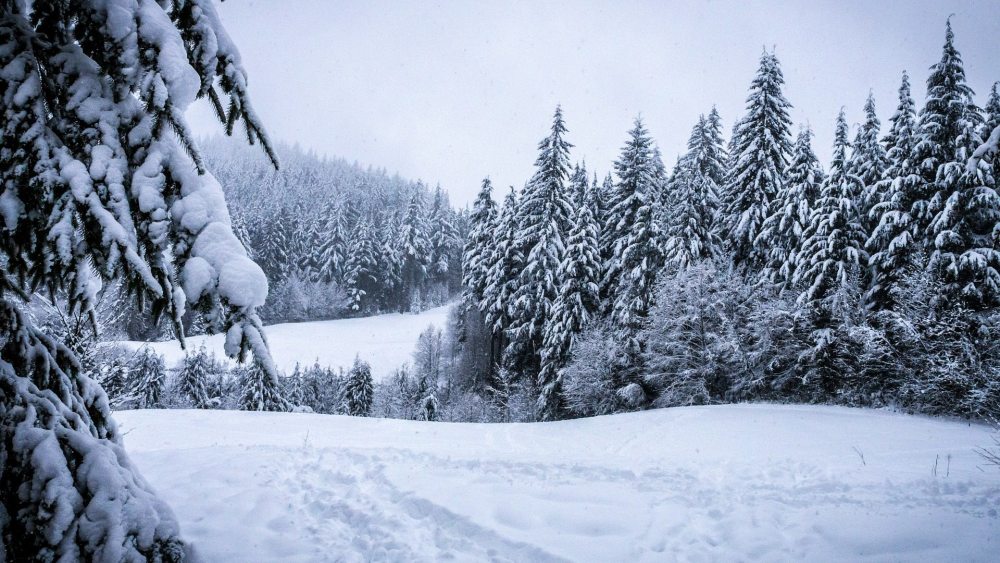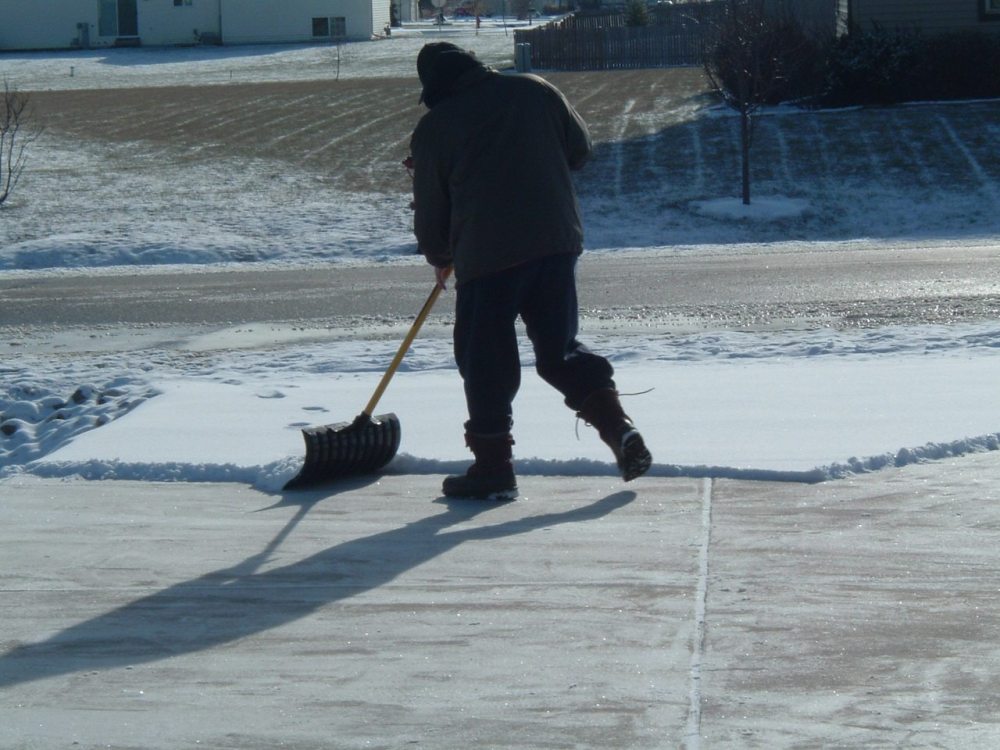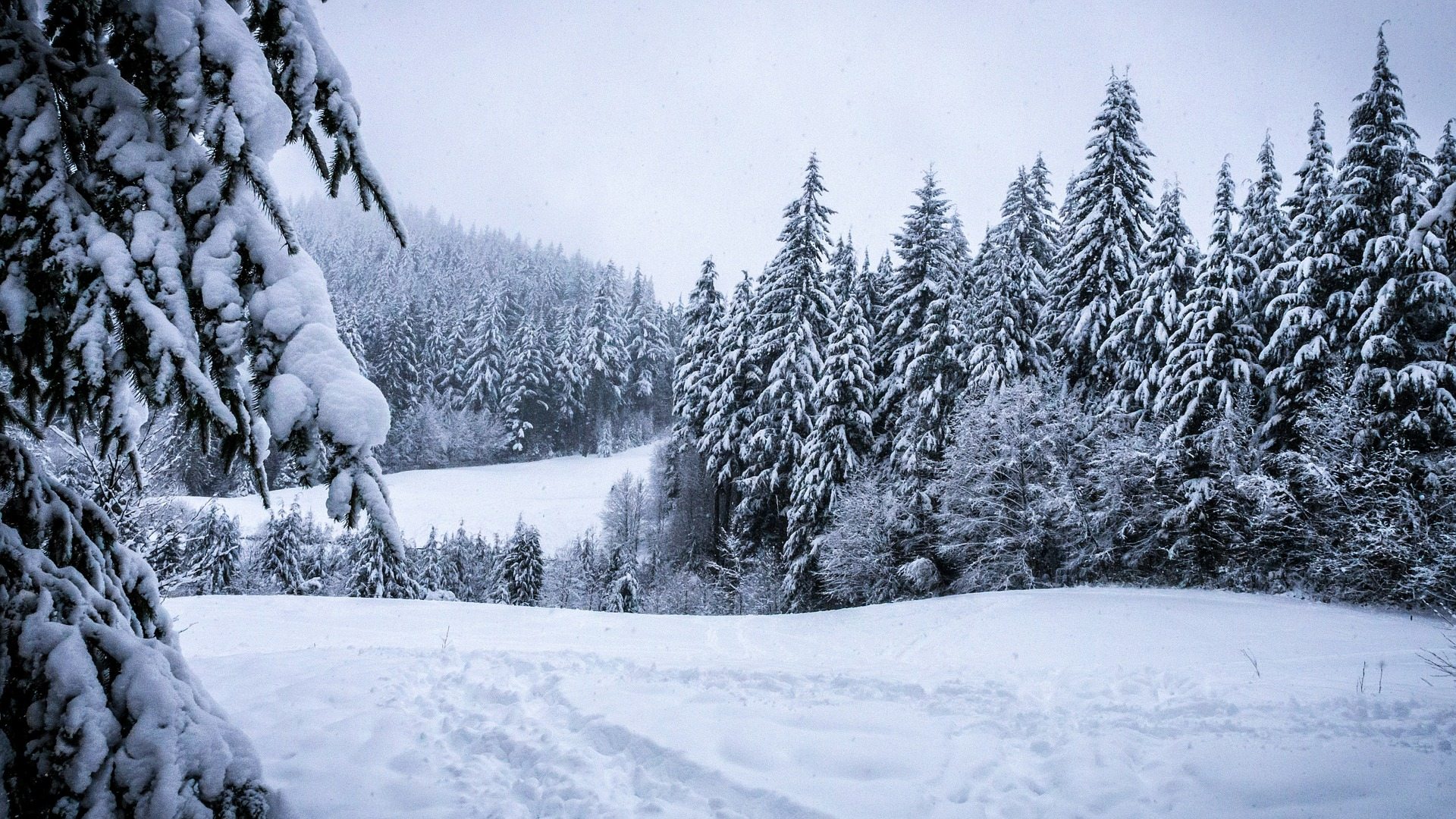
Winter is a beautiful time of year. Snow-covered lawns, icicles, and crisp, cool air are a beautiful facet of the season cycle. But the beauty hides many dangers families face each winter. Is your family going to be safe this holiday season? Check the list to be sure!
1. Dress warmly. This might seem simple, but there are a lot of factors that determine whether your clothes (or your kids’) are warm enough. Quality clothes are a must. Multiple thin layers are better than one thick layer. Cotton is a terrible insulator. Consider wool, silk, or polypropylene as the better options. If your clothes or gloves are wet, they are no longer helping. Water is a great conductor of body heat, which means wet gloves and shoes are just as bad as using no gloves at all. For snowball fights, make sure to have a plastic shell to protect from moisture. If you are out after dark, make sure to wear reflective clothes, too.
2. Understand frostbite and hypothermia. Frostbite occurs when the skin approaches the freezing point. This can affect any skin on your body, but it most prevalent on extremities. Toes, fingers, face, and nose are your danger zones. Cold clothes, insufficient insulation (too few layers), the wind chill, and length of exposure are the primary factors. If the skin gets too cold, it will go numb, and you won’t even feel the damage happening until it’s too late. Hypothermia is a drop of overall body temperature. Children and very thin people are most at risk, because their core temperature can drop very quickly. Even just a few degrees below normal body temperature can cause illness and weaken the body’s ability to support its immune system properly. For both frostbite and hypothermia, a simple test can help recognize symptoms early. Press firmly on the area in question with one finger, then watch the skin when you pull away. If the color doesn’t change, or changes slowly, then something may be wrong. Also be aware of the color of skin. A little pink is fine for most folks, but redness is a bad sign. If you think you may have been affected by frostbite or hypothermia, contact a healthcare professional promptly.
3. Know the wind chill. Knowing the temperature isn’t enough. The wind chill is how your skin is affected by many factors, including temperature, wind speed, and air pressure. If the outside temperature is 36 degrees, but the wind chill is below freezing, then it is literally freezing outside! If you’re shivering persistently, you’d better get inside.

4. Clear your sidewalks-carefully. Grab a snow shovel and clear your walk. If it snows at your house, even if it’s rare, you should have a good snow shovel. Take your time, and clear the sidewalk carefully. The most dangerous part of snow is that it hides ice. Don’t trust your eyes, trust your shovel. If you want to include your kids, great! Just remember that kids under 100 pounds are at a higher risk of straining muscles and are more susceptible to the cold.
5. Avoid driving in the snow. Even the most experienced snow-veteran can get in an accident. No matter your skill, there are factors you cannot control. Ice, unexpected precipitation, and less skilled drivers can cause accidents, no matter how careful you are.
6. Helmets are your friend. Whether it’s a snowball fight, skiing, sledding, or iceskating, protecting your head is your #1 priority. If you get a concussion, you won’t always know it. Exercising in freezing temperatures is dangerous enough without a concussion, and a concussion is bad news no matter what you’re doing. Hitting your head on ice is just as dangerous as hitting the pavement, with the added likelihood to slip and fall. Helmets are also a great way to insulate your head, and regulate your body temperature! Having a well-fitting helmet literally saves lives.
7. Heat your home responsibly. It may seem obvious, but don’t use kerosene, propane, or other open-flame heaters indoors. People die every year from fires and carbon monoxide, despite warnings and education. Also, don’t leave a space heater on in a room you aren’t in. This is even more important if you have pets or children. Space heaters sometimes come with an automatic shut-off if they are tipped, but it is not an industry standard, so be aware of your heaters. No matter how you heat your home, install smoke detectors and carbon monoxide detectors throughout your home. It is absolutely possible for your vents to freeze, making a dryer into a carbon monoxide machine, or a giant electric heater. Check your vents, but make sure a carbon monoxide detector is located in the laundry room as a safeguard.
8. Decorate your home responsibly. String lights and electric lawn decorations generate heat. They also use a lot of electricity, so make sure you don’t have too many plugged in. Electrical fires are bad news, and if they start outside your home, they can cause serious structural damage before you even know something’s wrong. Turn off your lights when you leave or go to bed.

(CC BY 4.0)
9. Avoid open flames of all kinds. When using your fireplace, keep a grate or metal curtain in front, to protect your kids, pets, walls, and carpet from flames and cinders. Candles should be out of reach, and in a secure location. Putting a menorah or other candle displays in windows can set fire to curtains, and cats don’t understand that their favorite sunning place is off-limits. And please, no matter how many times your grandparents did it, don’t put lit candles on the Christmas tree. Dried out, slowly dying trees are little more than kindling, no matter how you’ve decorated them. Many artificial trees are not flammable, but some will go up just as fast as a real tree.
10. Check on friends, family, and neighbors regularly. It’s not your job to keep everyone else safe, but checking in with folks can save a life when something goes awry. Some elderly folks don’t feel the cold keenly, and don’t realize when the temperature of their home is too low. Other folks just make mistakes. Keep in touch for everyone’s safety.
We hope these tips keep your family a little more safe this year. Please share your winter safety tips in the comments!

